This web site would possibly comprise associate hyperlinks and promoting in order that we will be able to supply recipes to you. Learn my disclosure coverage.
You requested for lend a hand with yeast, so I’ve created a “The right way to Bake with Yeast” information only for you! Yeast doesn’t must be intimidating, and I’m hoping that via the top of this put up, you’ll be knowledgeable!
A few of my favourite recipes that I take advantage of with yeast are my Grandma’s Very best Home made Bread, or those yummy Poffertjes!
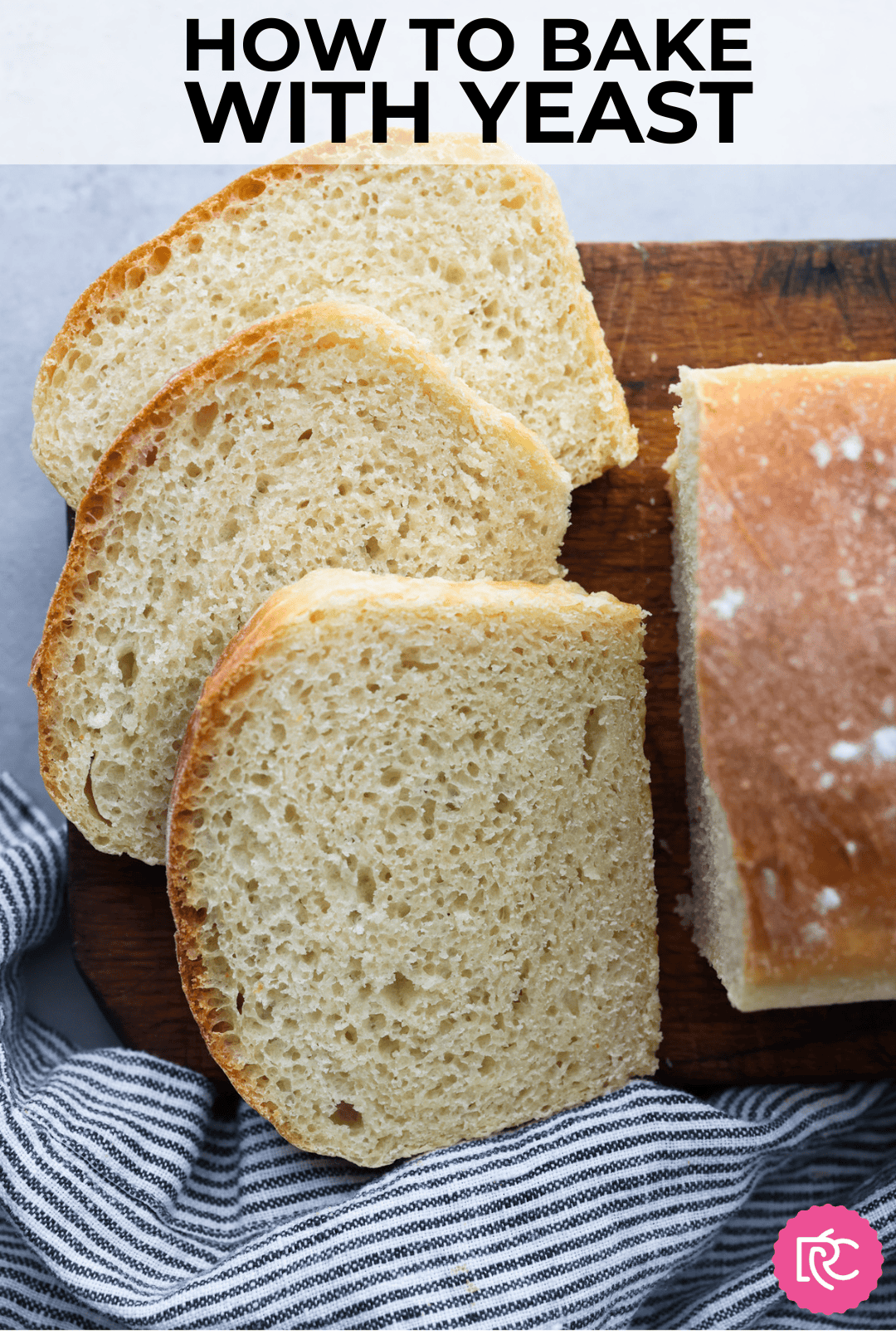

What’s Yeast and Why Do I Use It?
To position it merely, yeast is a leavening agent, which means that it’s the factor that makes bread and batters fluffy and porous. Yeast is a herbal leavening agent whilst baking powder and baking soda are chemical leavening brokers. Baking powder and baking soda are to truffles what yeast is to bread.
How Does Yeast Paintings?
Yeast is in fact made up of microscopic fungi. It’s a dwelling organism that feeds off sugars and vitamins and converts them into carbon dioxide, which creates areas inside of a dough and fills them with gasoline. Gluten strands cling the gasoline in position, like filling a balloon with air. These kinds of areas full of carbon dioxide motive the dough to upward push and increase, which is able to decide texture and taste.
Gluten Window Check
To check whether or not your gluten is powerful sufficient (that means checking to peer in case your dough labored sufficient and can upward push and increase) you’ll do a gluten window take a look at. That is whilst you stretch the dough out between your fingers like a sq. window. If the dough holds and stretches well, the gluten is powerful sufficient, and it’ll cling in combination, making a bread with just right upward push, texture, and taste.
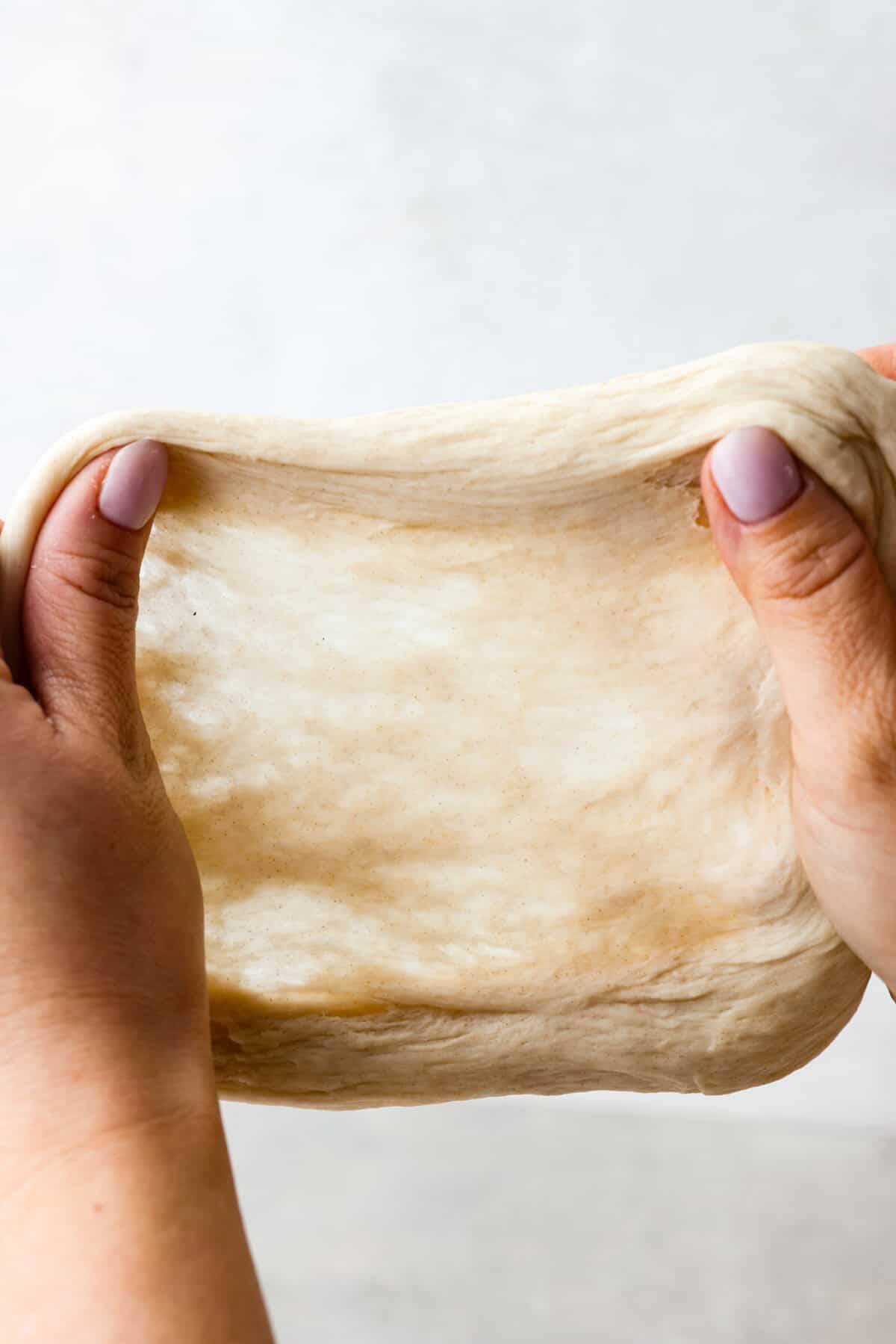

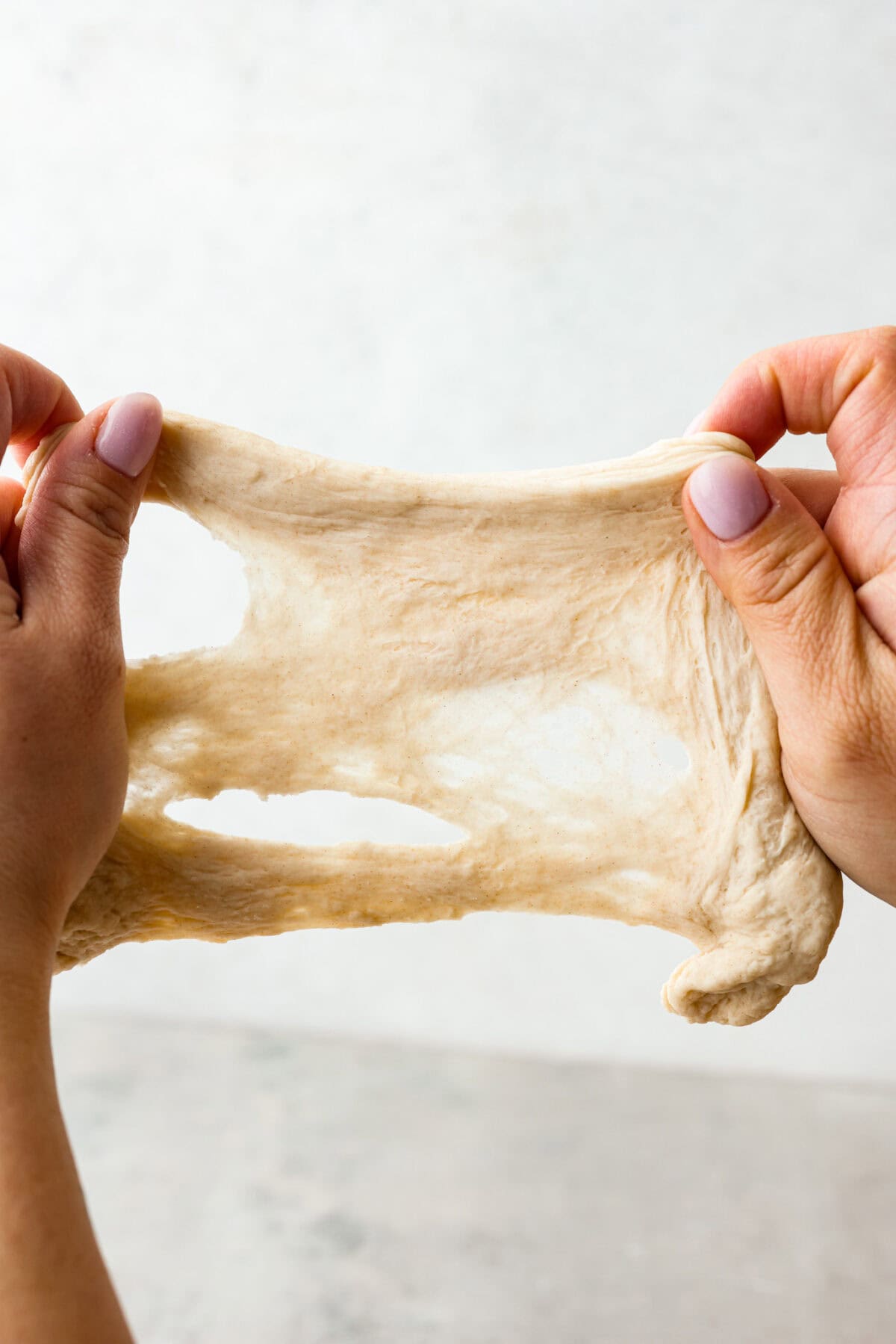

What Impacts How Dough Rises?
It’s actually essential to test in case your yeast is wholesome. If it’s outdated or no longer just right anymore, it gained’t be capable to do its process of constructing your dough upward push.
- Age of Yeast: In case your yeast is expired, it gained’t make your dough upward push.
- Liquid Temperature: Maximum recipes name for decent water or milk to develop yeast. Then again, you must make certain that the water isn’t too sizzling. If it’s too sizzling, the yeast will begin to die. The perfect temperature for yeast to develop in is 100-110°F. Yeast will die at 140°F.
- Room Temperature: If you find yourself looking to get your dough to upward push, the temperature of the room issues so much! If the room is simply too chilly, the yeast works actually slowly, and your bread will prove exhausting and dense without a taste. If it’s too sizzling, the yeast works rapid. The dough will flatten with the slightest disturbance and deflate within the oven whether it is over proofed.
- High quality of Flour: In case your flour is outdated, it gained’t have the correct vitamins to feed the yeast, which is able to lead to flat or dense loaves.
What’s Proofing Time?
Proofing way letting your dough relaxation for a selected period of time prior to it’s able to bake or cook dinner. Apply this moderately in keeping with your recipe. In case you don’t let it relaxation sufficient, your dough will probably be dense. In case you let it evidence for too lengthy, the dough will flatten, and the yeast will ultimately die off. Remember that with regards to bread and baking with yeast, the longer your dough proofs, the extra taste it’ll expand.
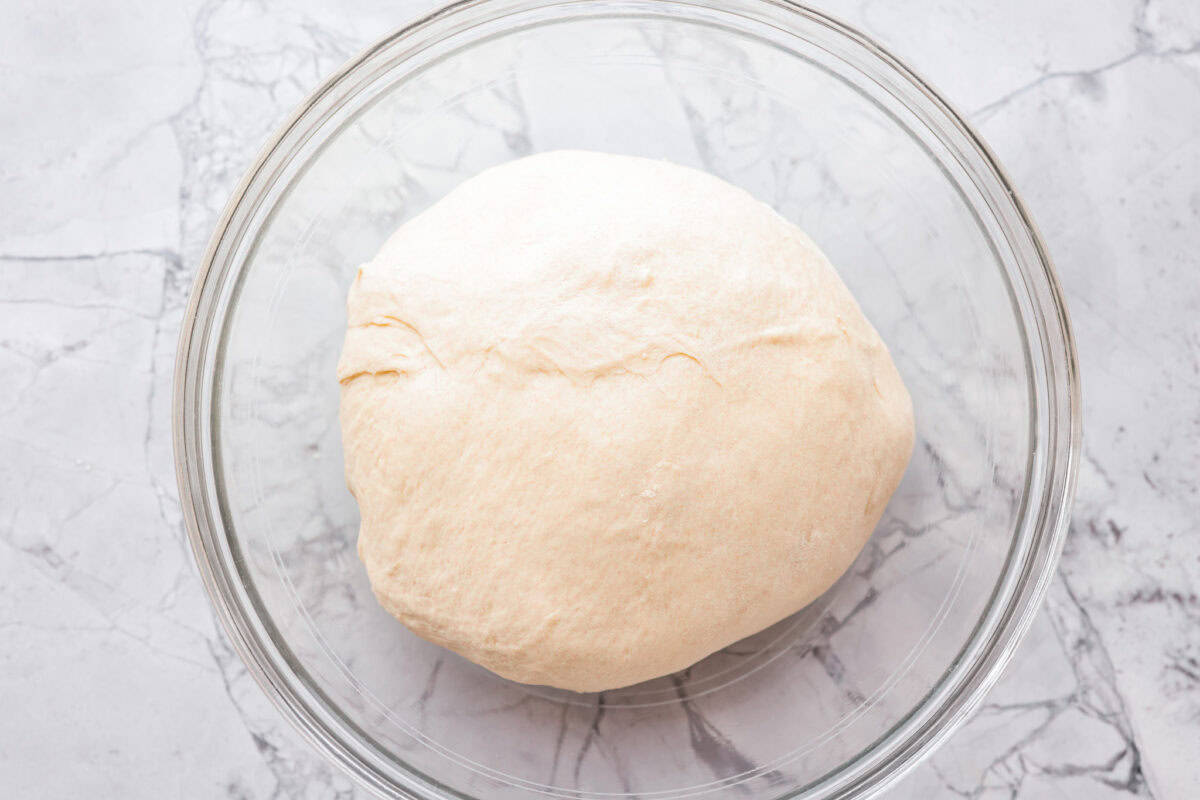

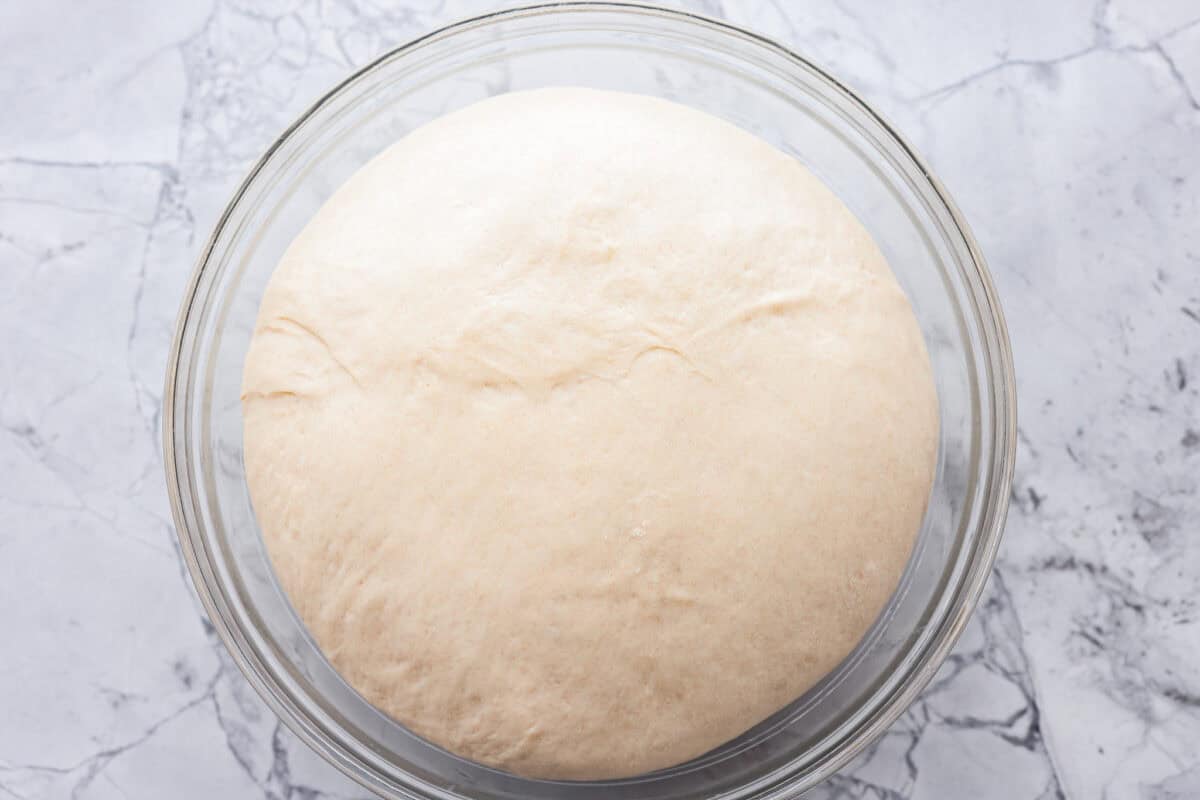

Is My Dough Over Proofed or Underneath Proofed?
- Indentation Check: Press your finger gently into the dough. If the indentation stays and doesn’t soar again, it’s most probably over proofed. If it springs again briefly and entirely, it’s most probably below proofed.
- Look: If the dough seems to be excessively puffy, has a sticky floor, or seems to be deflated or collapsed, it can be over proofed. If the dough is dense and compact, it’s underproofed.
- Texture: Over proofed dough would possibly really feel too comfortable or refined. It will lack the pliancy and construction most often related to correctly proofed dough. Underneath proofed dough would possibly really feel difficult and resistant when touched.
- Scent: An over-proofed dough may have a somewhat bitter or fermented scent, indicating that the yeast has exhausted its meals supply.
- Time: If the dough has been proofing for considerably longer than the advisable time within the recipe, it’s most probably over-proofed. If it hasn’t doubled in measurement, it’s most probably underproofed.
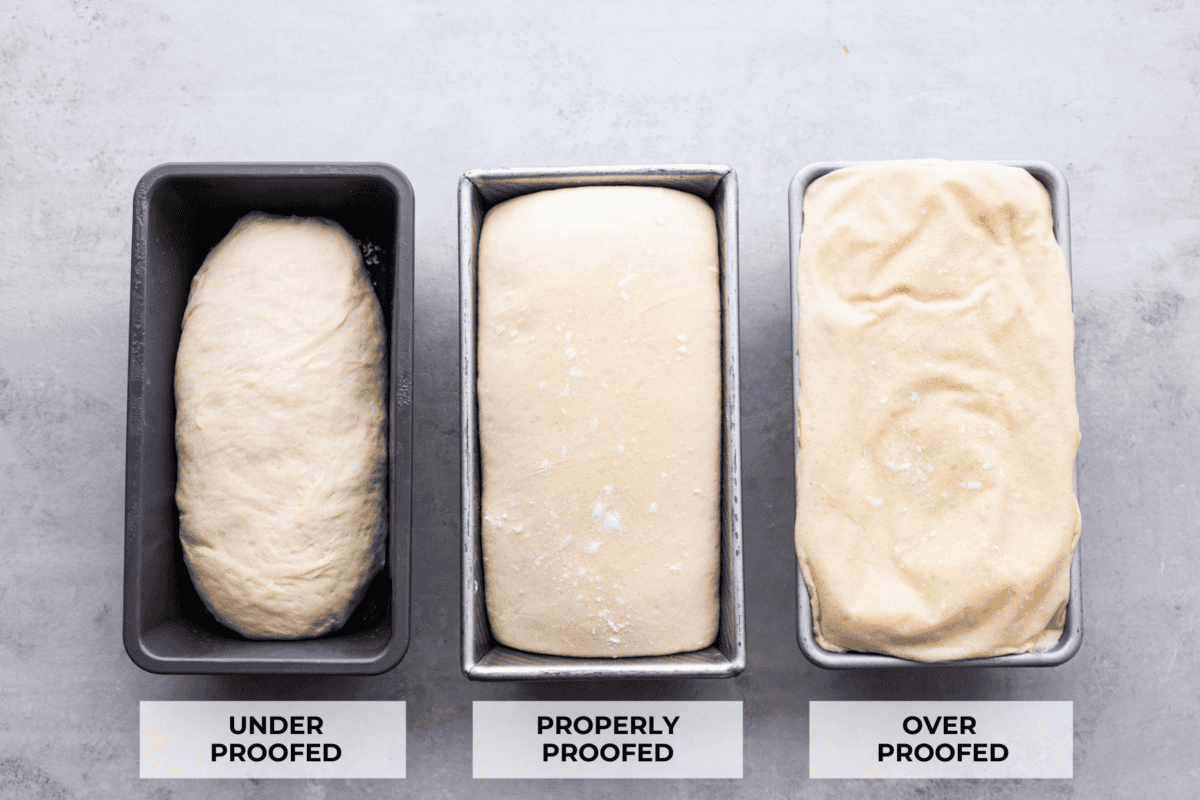

Yeast Measurements
In the case of baking with yeast, I love to observe a recipe that already has all of the measurements laid out to stay issues easy, however most of the time of thumb, for each and every 1 cup of flour, you’ll need ¼ -½ teaspoon of yeast
Lively Dry Yeast vs Fast Yeast
- Lively Dry Yeast: This must be “activated” prior to you’ll use it for your recipe. To do that, dissolve it in a bowl of heat water and sugar to turn on energetic dry yeast. Then, upload it to the rainy substances.
- Fast Yeast: Often known as “fast upward push” or “Fast upward push” yeast, that is most often whisked along side the dry substances and combined proper into the dough. No activation required.
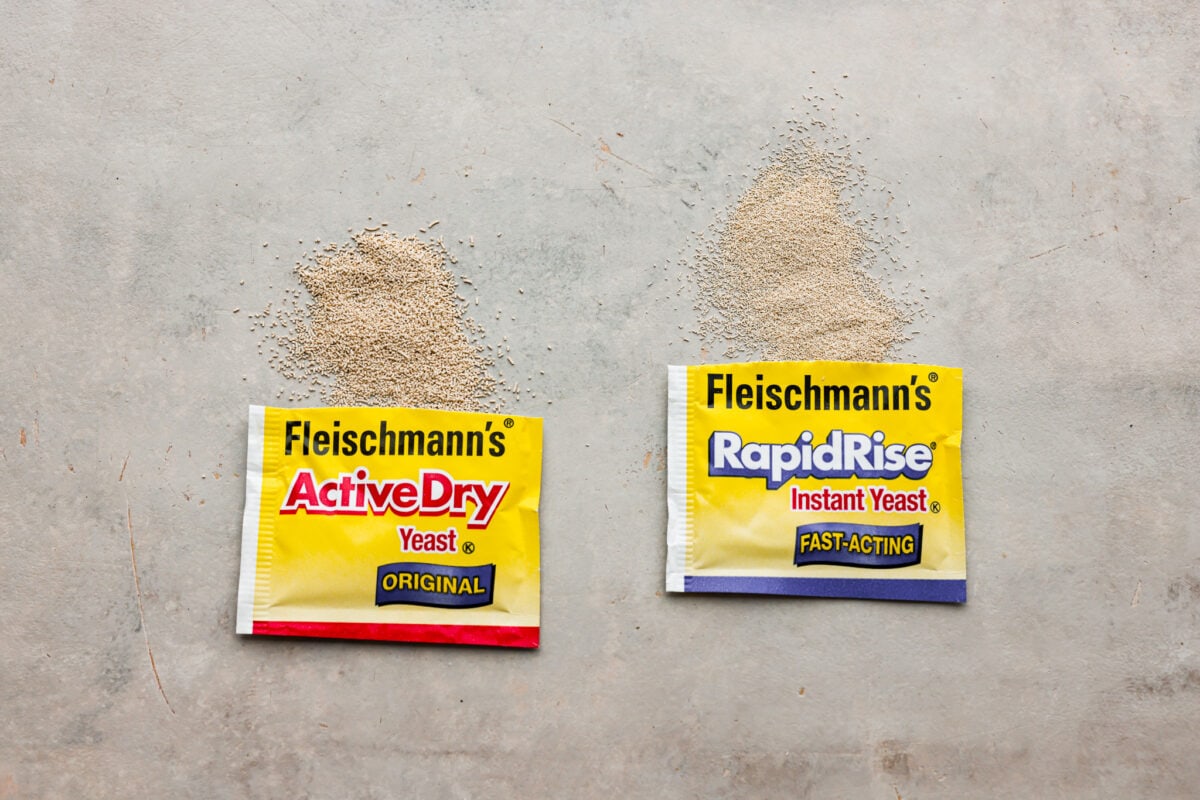

When to Use Lively Dry Yeast or Fast Yeast
Each yeasts can be utilized interchangeably at a 1:1 ratio; the adaptation is the time it takes on your dough to evidence. Baking with yeast may also be easy, you simply wish to know which sort to make use of!
- When to Use Lively Dry Yeast: If you’re baking bread, have the time, and desire a bread that’s deep and wealthy in taste, I might use this yeast. There may be much more wiggle room with regards to giving the dough an extended proofing procedure whilst you use energetic dry yeast.
- When to Use Fast Yeast: That is nice for such things as cinnamon rolls or fast, easy bread (used for sandwiches or toast).
The right way to Know if Your Yeast Has Expired
The easiest way to check your yeast, whether or not it’s energetic dry, or immediate, is to combine one packet (or 2 ¼ teaspoons) of the yeast with ½ cup of heat water and 1 tablespoon sugar or honey. Whisk the substances in combination and let the combination sit down undisturbed for no less than quarter-hour. The mix must transform foamy or bubbly on the best. If it doesn’t foam up, then the yeast is dangerous and must be thrown out.
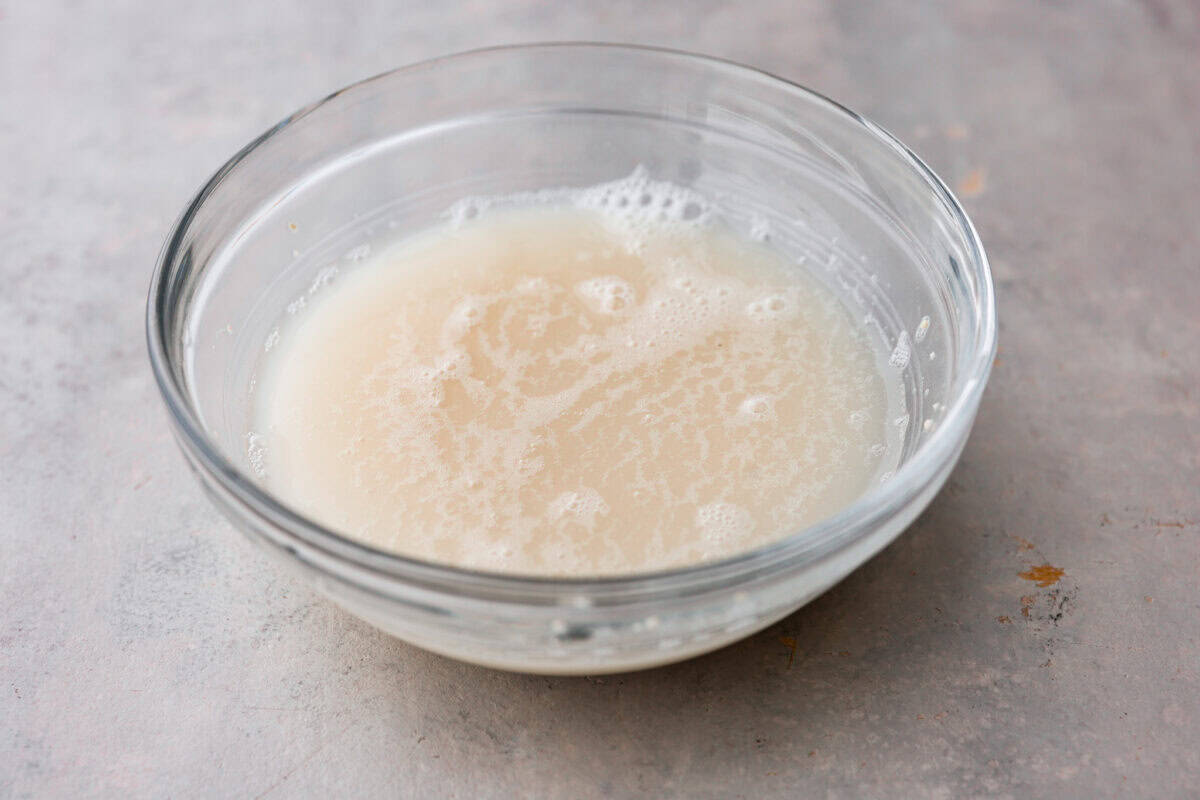

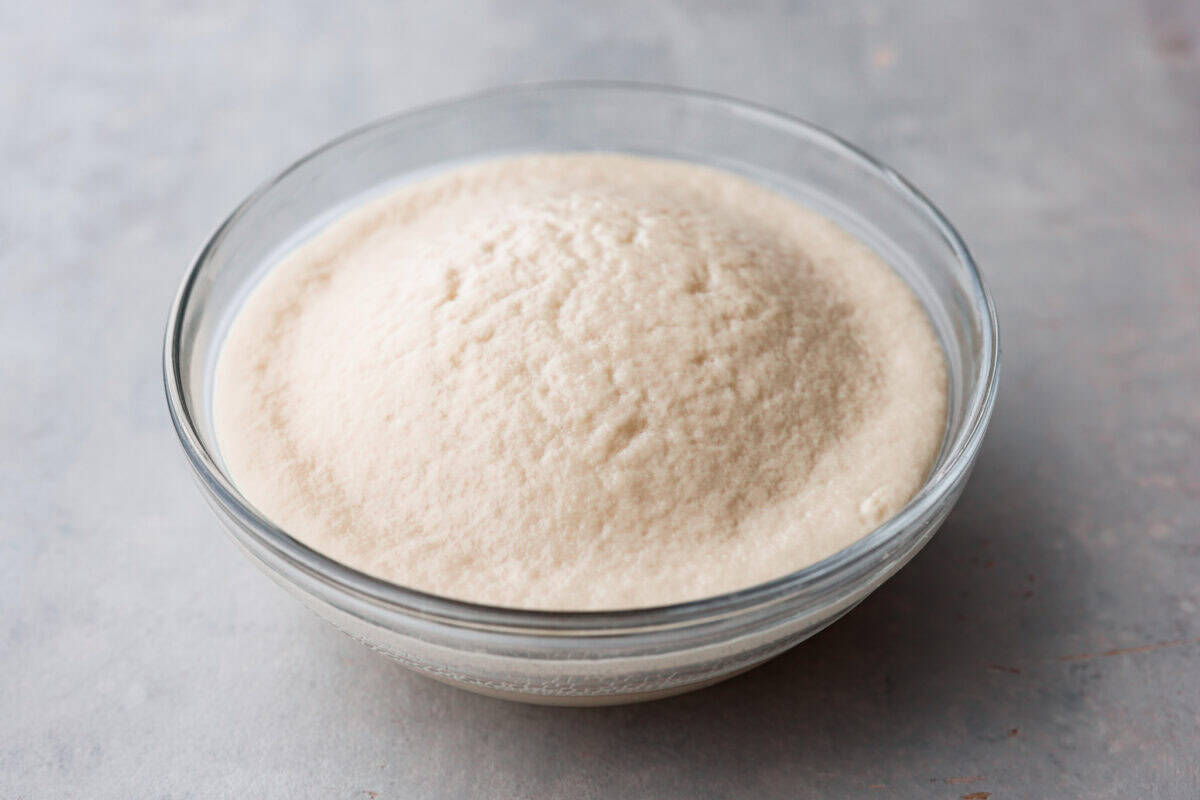

The right way to Retailer Yeast
Whether or not you purchase your yeast within the packets, within the little jars, or within the vacuum-sealed packets, I like to recommend storing the yeast within the refrigerator or freezer. Whilst each energetic dry yeast and immediate yeast are shelf solid and may also be stored at room temperature, they’ll final for much longer if they’re stored refrigerated or frozen.
- Storing Yeast at Room Temperature: A sealed, unopened jar of yeast or vacuum-sealed packet has a shelf existence of 2 years, even if I’ve heard it’s meant to be just right indefinitely. For the packets, I’ve discovered that holding them round for longer than a yr will most often consequence within the yeast changing into inactive.
- Storing Refrigerated Yeast: As soon as a jar has been opened, it should be refrigerated, or it’ll cross dangerous inside of a couple of months. Within the refrigerator, a jar of yeast will final no less than 4 months, infrequently a bit of bit longer.
- Storing Yeast within the Freezer: A jar of yeast may also be saved within the freezer for no less than 6 months or even as much as a yr.
**All the time take a look at your yeast if you’re undecided whether or not it’ll paintings. **
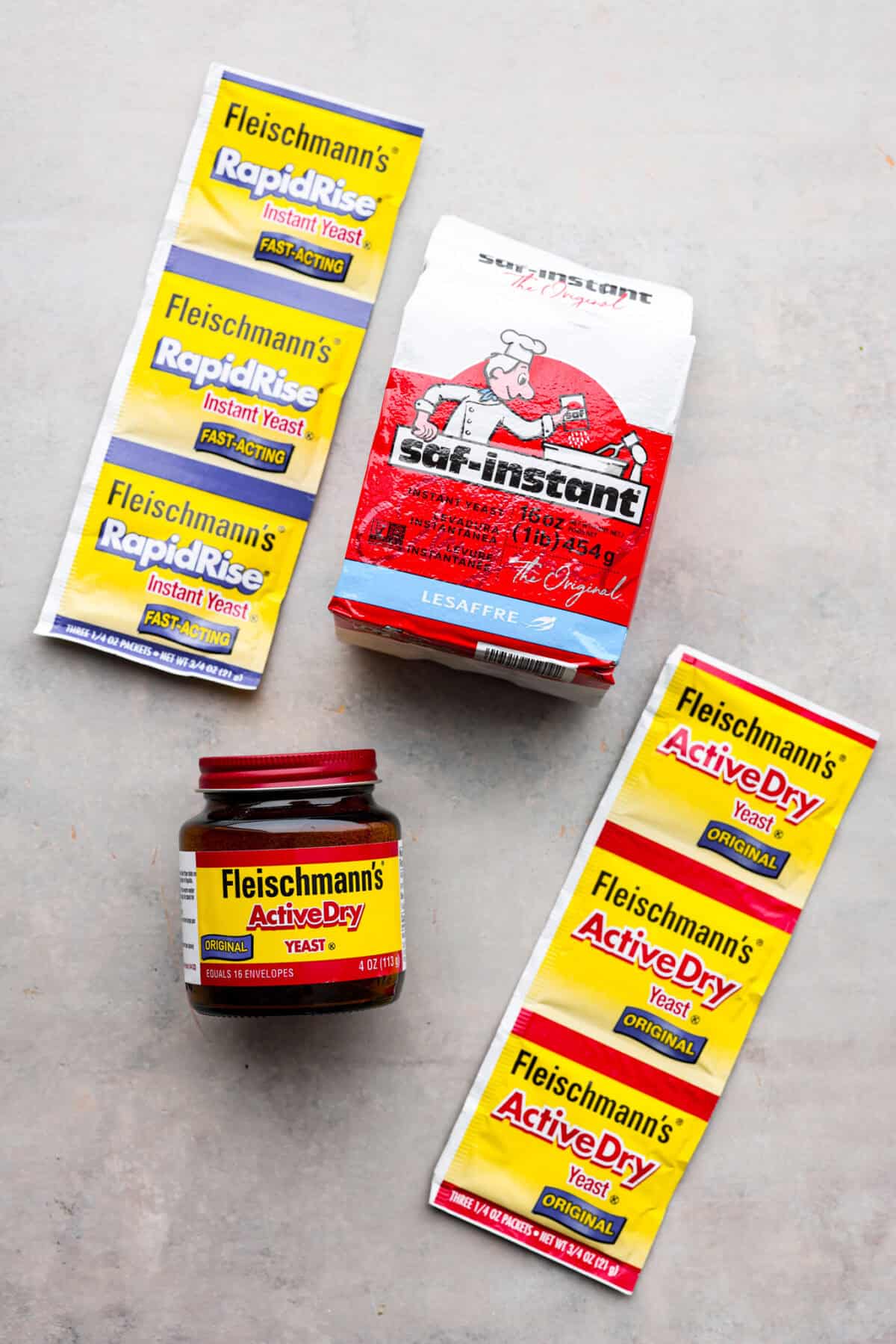

Yeast Garage Check Effects
All the way through the harsh instances of the pandemic in 2020, when bread was once exhausting to seek out, I were given a large pack of yeast and break up it into smaller jars. I put 3 within the freezer for later and stored one within the refrigerator. I used the only within the refrigerator over the following yr, and it stayed just right the entire time.
Later, in 2023, I determined to shop for new yeast from the shop. However wager what? The yeast I stored within the freezer for 3 years nonetheless labored completely nice! I made positive to test it each and every month to ensure it was once nonetheless just right. So, if you wish to stay yeast for a very long time, retailer it within the freezer and take a look at it ceaselessly.
Can I Use Yeast for a Bitter Dough Starter?
Sure, you’ll use energetic dry yeast to start out a sourdough starter! It is a a lot faster and more uncomplicated strategy to create your starter. If you’re taking a look to do that from scratch, with out yeast, take a look at my Sourdough Starter put up!
Elements:
- 1 cup all-purpose flour (you’ll additionally use bread flour or a wheat flour mix)
- 1 cup chilly water
- A pinch of energetic dry yeast (simply lower than ¼ teaspoon)
Directions:
- Combine the whole lot with a spatula, position it in a tumbler or plastic container, and calmly duvet it with a lid. You wish to have your starter so that you can breathe.
- In about 12 hours, the starter could have matured and has greater than doubled in measurement.
- Take ¼ cup of the mature starter, combine it with 1 cup of chilly water and 1 cup of flour, combine the whole lot in combination, and position it once more in a container with the lid loosely secured. This procedure is named feeding the starter. ***You’ll be able to both use the remainder of the mature starter or discard it within the rubbish. By no means sell off the starter down the drain. **
- Feed the starter each and every 12 hours if it’s stored at room temperature or each and every 2-3 days if it’s within the refrigerator.
The longer you stay it alive with common feedings, the richer it’ll be.
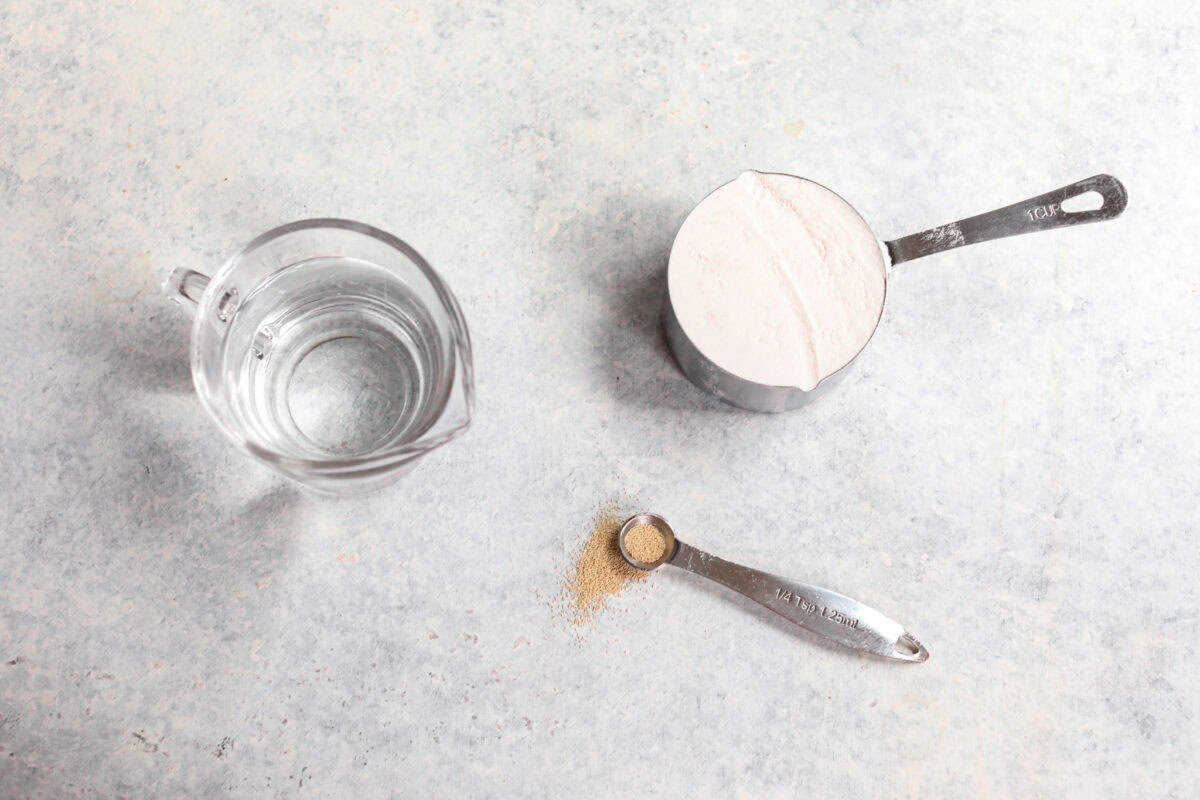

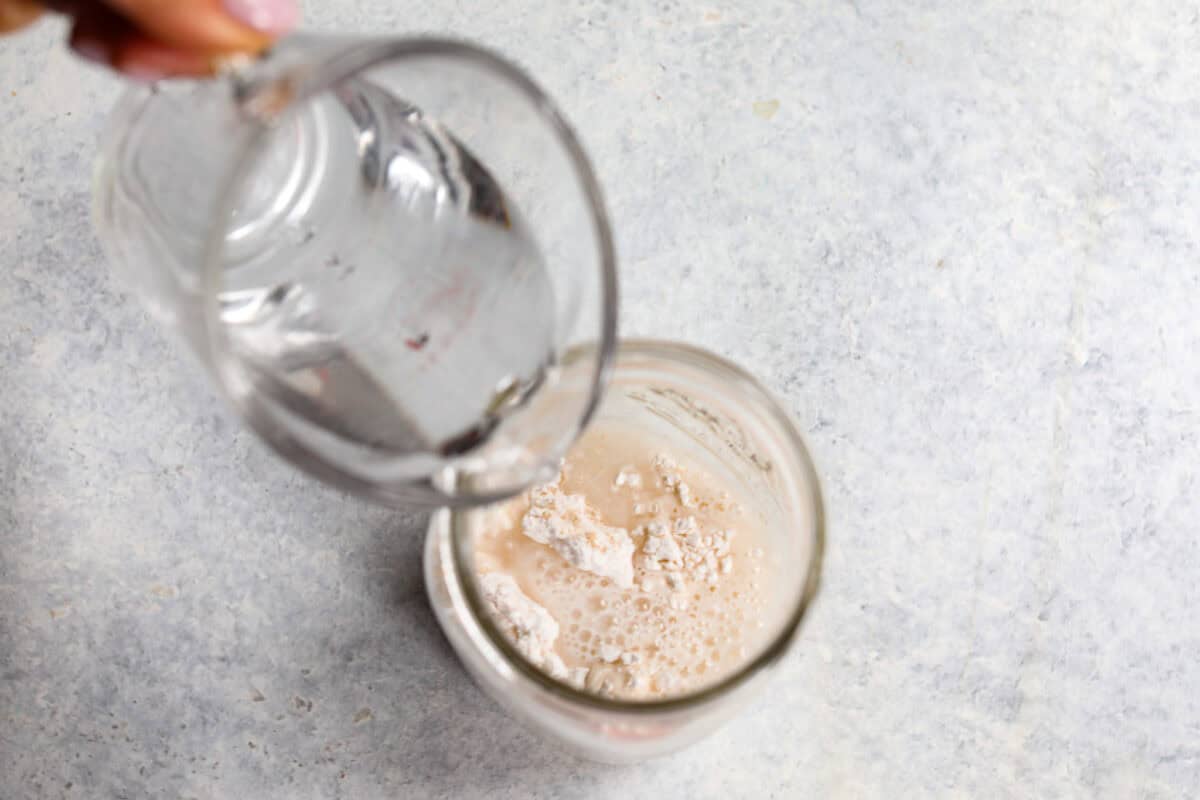

pour within the water.
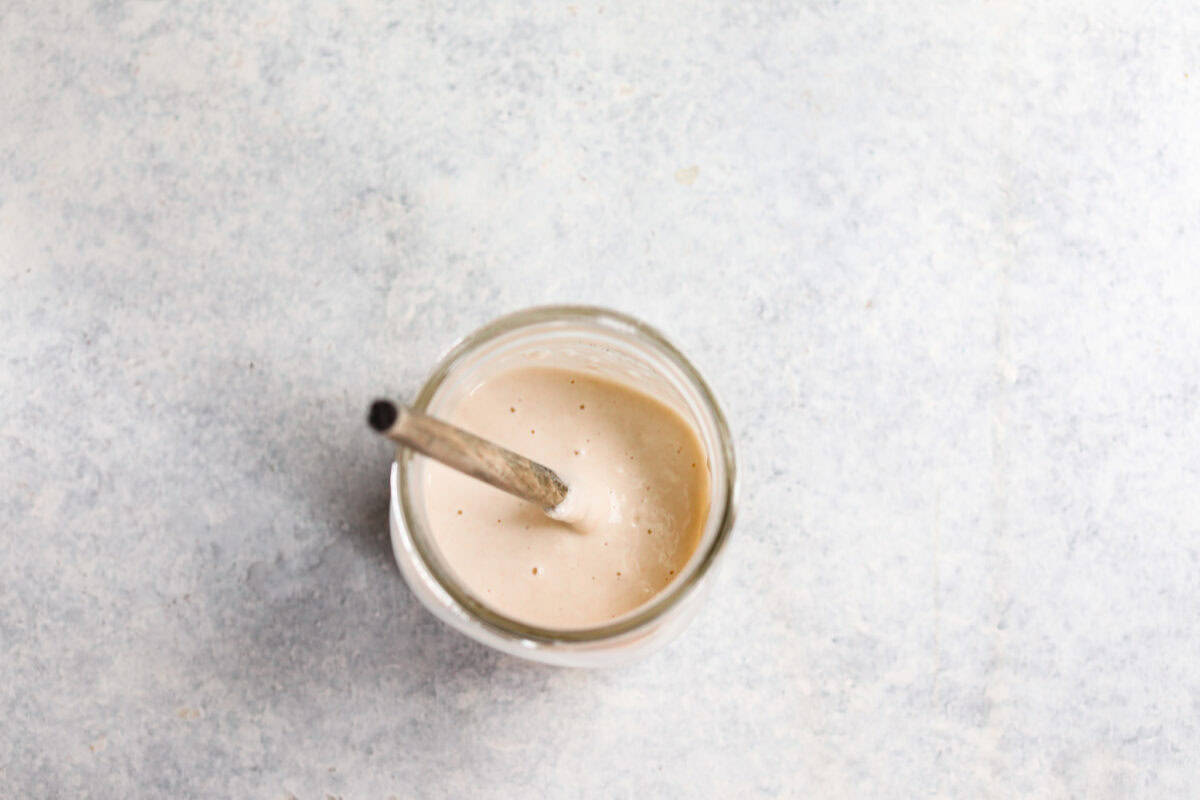

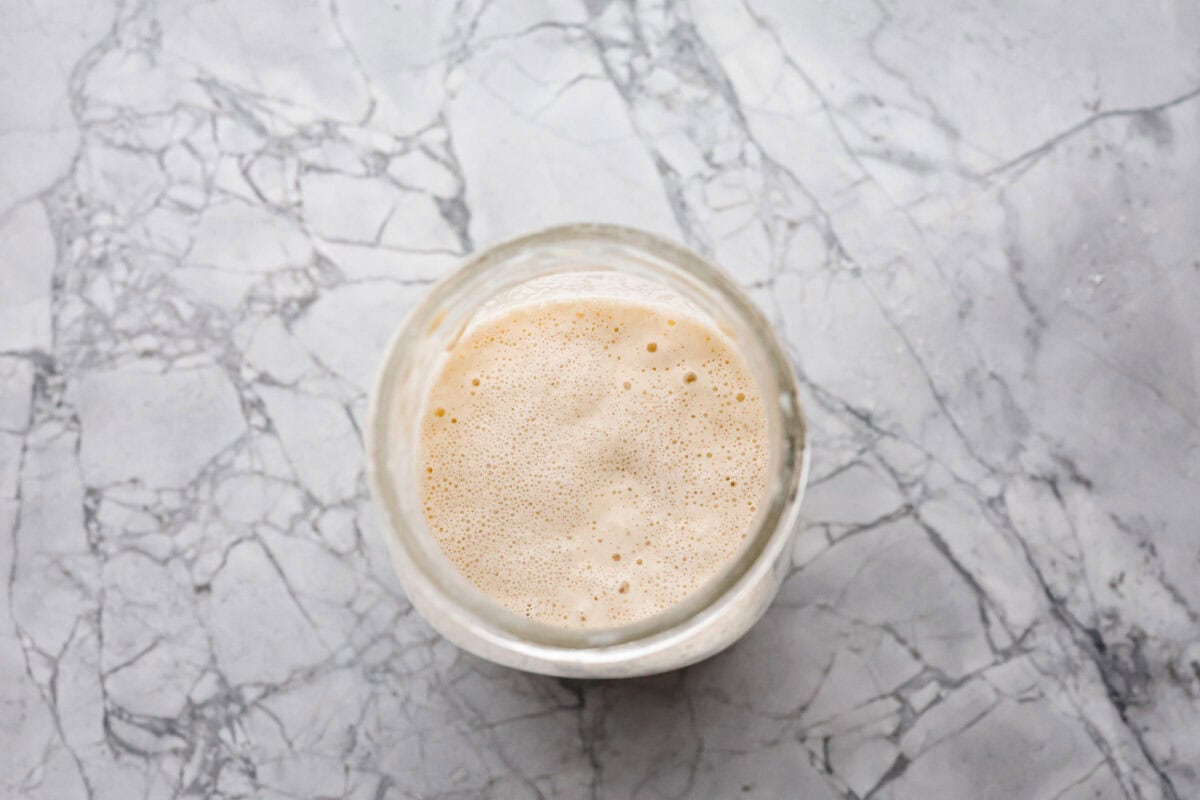

double in measurement.
Recipes to Bake with Yeast

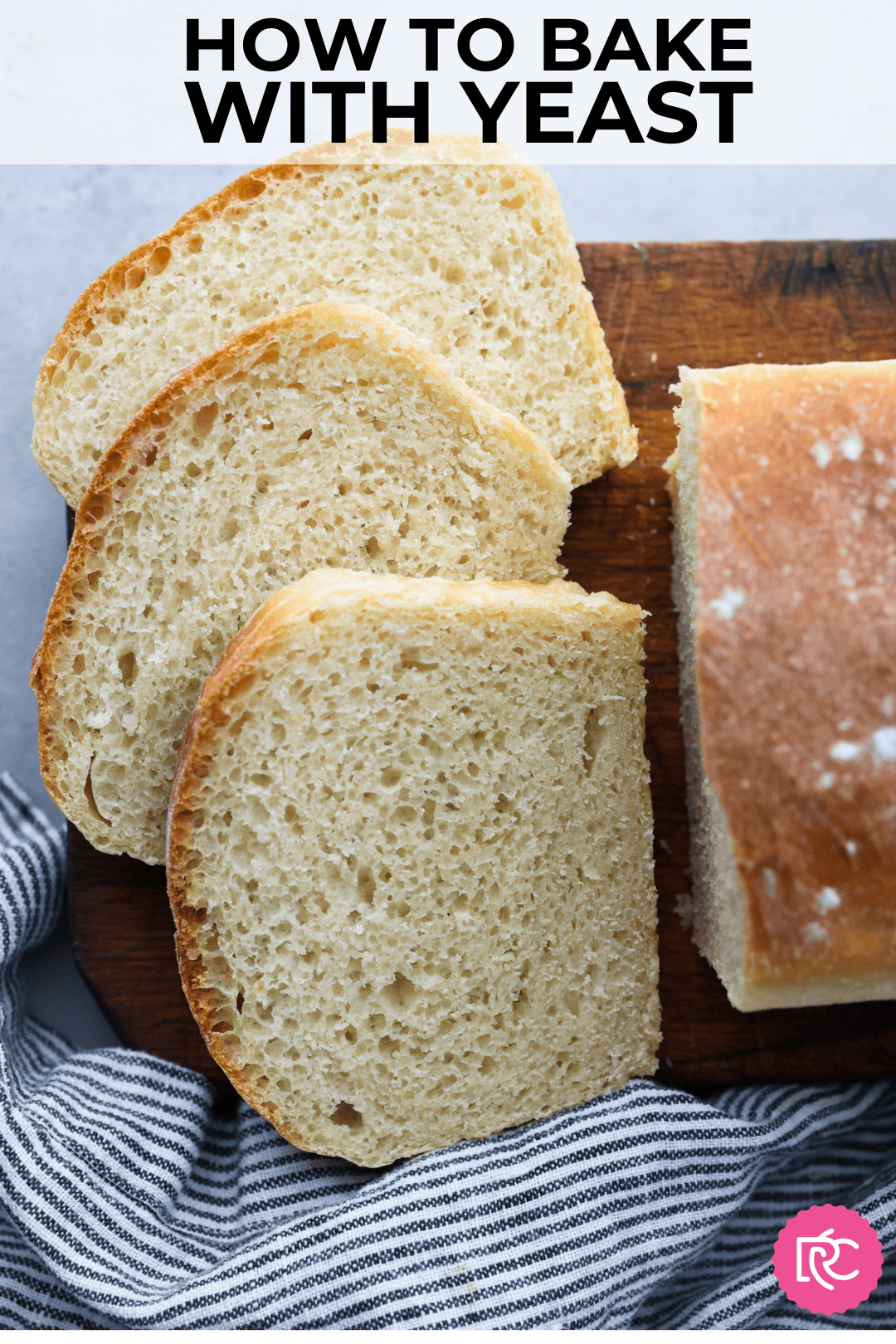
Leave a Reply